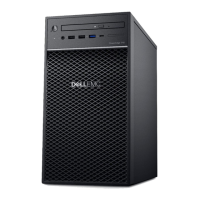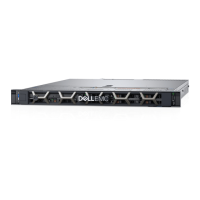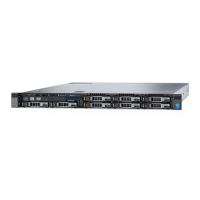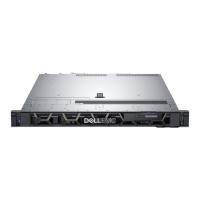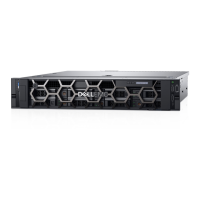1
System overview
The PowerEdge MX portfolio delivers a fully managed, high performance system that will free up valuable IT resources and personnel
so you can focus on innovation. Break free from the bounds of technology silos and routine, daily and time consuming operational
management to realize your IT and digital business transformations.
PowerEdge MX, a unied, high performance kinetic infrastructure, provides the agility, resiliency and eciency to optimize a wide
variety of traditional and new, emerging data center workloads and applications. With its kinetic architecture and agile management
the MX portfolio dynamically congures compute, storage and fabric, increases team eectiveness and accelerates operations. Its
responsive design delivers the innovation and longevity customers of all sizes need for their IT and digital business transformations.
The PowerEdge MX ecosystem consists of a new chassis infrastructure, compute sleds, fabric switches, and a storage sled, all
managed by OpenManage Enterprise-Modular Edition.
Introduction
Designed for Dell EMC’s PowerEdge MX kinetic infrastructure ecosystem, the PowerEdge MX740c server, with dense compute,
large memory capacity and rich set of storage subsystem options, delivers the exibility and agility needed in today’s software-
dened data centers. This full-featured, storage-rich, exible 2-socket compute sled is ideal for many workloads including
virtualization, collaborative, and software-dened workloads.
New Technologies
The following table shows the new technologies available on the PowerEdge MX740c:
Table 1. New technologies
Technologies Description
Intel® Xeon Processor Scalable Family
• Up to 28 cores
• Intel® Ultra Path Interconnect (UPI), up to 10.4 GT/s, with
up to 2 links between sockets.
• Integrated PCIe Gen3 48 lanes/socket
Intel® C628 chipset
• Intel® Platform Controller Hub (PCH)
• Optional Intel® QuickAssist Technology (QAT)
DDR4 memory MX740c supports three DIMM types:
• RDIMM: Registered DIMM – Provides for higher capacity
options and advanced RAS features.
• LRDIMM: Load Reduced DIMM – Provides maximum
capacity but higher power consumption.
• NVDIMM: Non-Volatile DIMM – Provides a persistent
memory solution with NAND and DRAM that maintains data
in power loss, system crash, or normal shutdown. This
solution requires a battery as a power source for an AC loss
condition.
• 6 DDR4 channels per socket, 2 DIMMs per channel (2DPC)
• Up to 2666MT/s (depending on conguration) NVDIMM-N,
RDIMM and LRDIMM support.
5
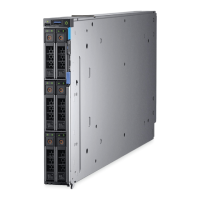
